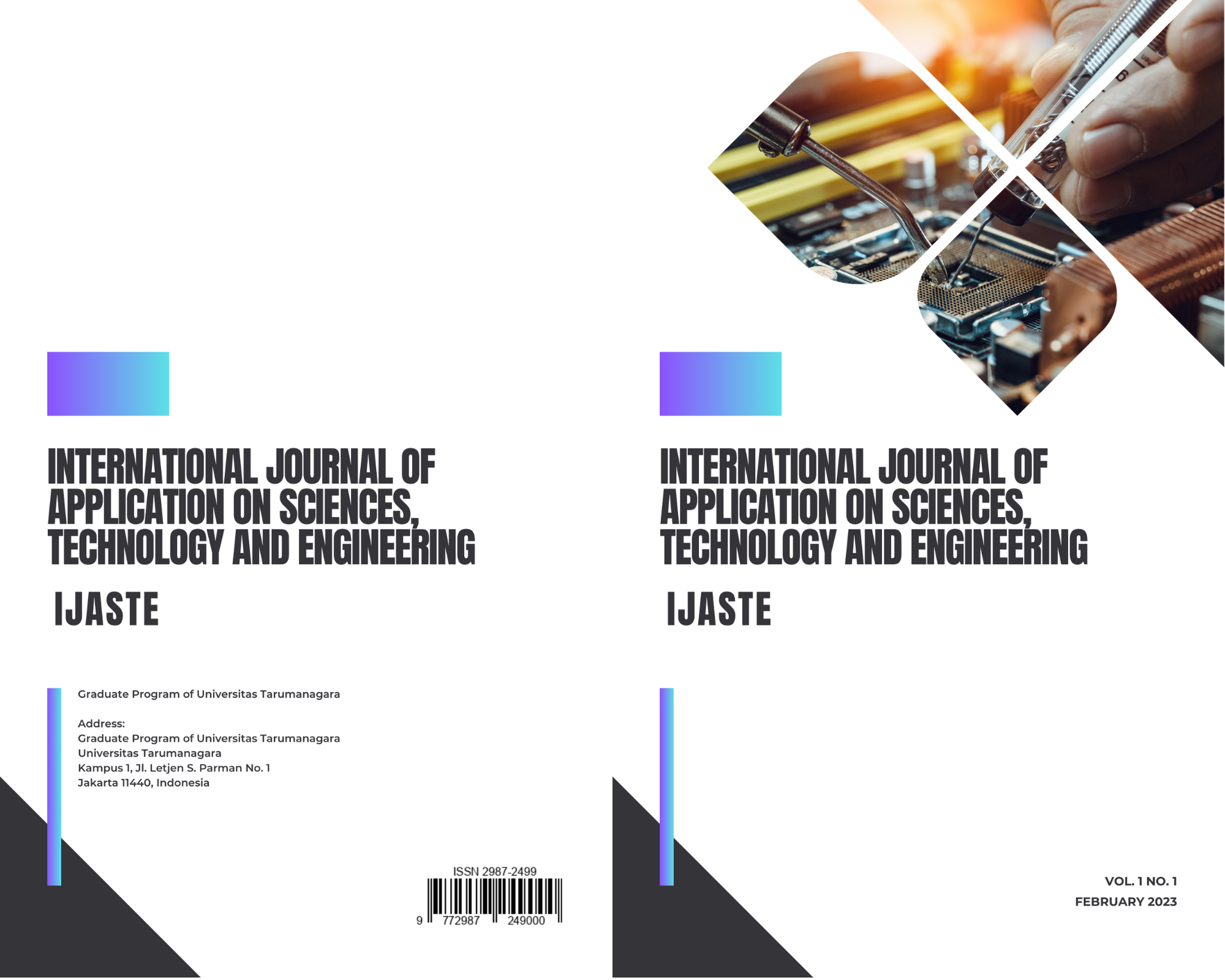Parametric Analysis of Blast Load Effect On Diaphragm Wall In Basement
Main Article Content
Abstract
There are various kinds of loads acting on the basement structure of a building, blast load for an example. In this study, the effect of variation of the structural and soil parameter values on the response of the basement structure due to blast load will be analyzed. Thus, it can be seen the influence of the tested parameters. The deformation of the diaphragm wall will be the focus of this research. This research will be using Midas GTS NX program in modeling the basement structure of the building and the surrounding soil using the finite element method. The analyzed basement structure consists of flat slabs, diaphragm wall, king posts, raft, and pile foundation. The analyzed blast load is a surface blast load of 40000 liters of gasoline that occurs at a distance of 20m from the building and will be analyzed using the time history method. The analysis was carried out on 12 parameters: the void ratio of soil, the density of soil, cohesion, undrained shear strength, elasticity modulus of soil, poisson ratio of soil, porosity, structural damping ratio, damping ratio of soil, shear angle of soil, diaphragm wall’s thickness, and concrete’s quality of the diaphragm wall. From the results of the analysis, it is found that the parameters that affect the deformation of the diaphragm wall are the modulus of elasticity of the soil, density of soil, the poisson ratio of the soil, diaphragm wall’s thickness, and the concrete’s quality of the diaphragm wall. The soil modulus of elasticity has greatest influence on deformation changes, which is 282.27%, while concrete compressive strength of diaphragm wall has smallest influence, which is 0.87%.
Article Details

This work is licensed under a Creative Commons Attribution-NonCommercial-ShareAlike 4.0 International License.
References
K. Erick., A.J. Susilo, A. Prihatiningsih, and G.S. Sentosa. Analisis Ledakan pada Struktur Basement dengan Dinding Diafragma (25rd Annual National Conference on Geotechnical Engineering, Jakarta, 2021), pp. 547-556.
V. Karlos and G. Solomis. Calculation of Blast Loads for Application to Structural Components (Publications Office of the European Union, Luxembourg, 2013).
Raynaldi and A. Susilo. Perbandingan Deformasi Dinding pada Basement Metode Top-Down dengan Analisis Construction Stage dan Analisis Konvensional (Griya Kreasi, Jakarta, 2012).
H. Mistra. Struktur dan Konstruksi Bangunan Tinggi Sistem Top and Down (Jurnal Mitra Teknik Sipil, Jakarta, 2021), pp. 591-606.
R. Zhang and B. Phillips. Numerical Study on the Benefits of Base Isolation for Blast Loading (6th International Conference on Advances in Experimental Structural Engineering, Urbana-Champaign, 2015).
T. Ngo, P. Mendis, A. Gupta, and J. Ramsay. Blast Loading and Blast Effect on Structures – An Overview (Electronic Journal of Structural Engineering, Melbourne, 2007), pp. 76-91.
FEMA 426. Reference Manual to Mitigate Potential Terrorist Attacks Against Buildings (United States Department of Homeland Security, Washington D.C, 2003).
SNI 2847:2019. Persyaratan Beton Struktural untuk Bangunan Gedung (Badan Standarisasi Nasional, Jakarta, 2019).
SNI 8460:2017. Persyaratan Perancangan Geoteknik (Badan Standarisasi Nasional, Jakarta, 2017).
SNI 1727:2020. Beban Desain Minimum dan Kriteria Terkait untuk Bangunan Gedung dan Struktur Lain (Badan Standarisasi Nasional, Jakarta, 2020).



